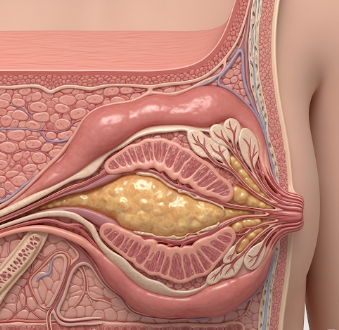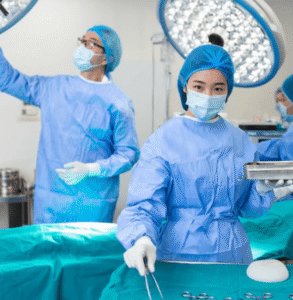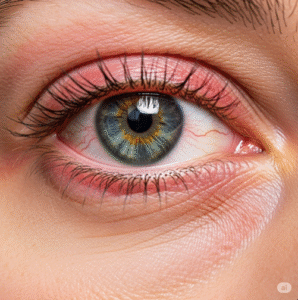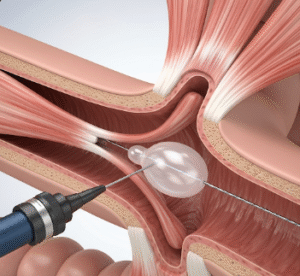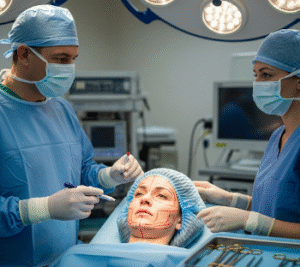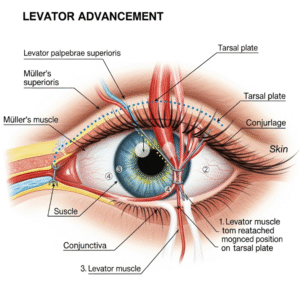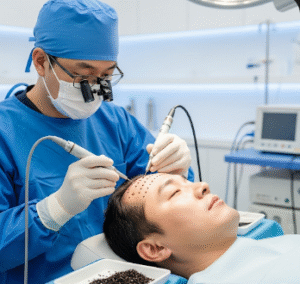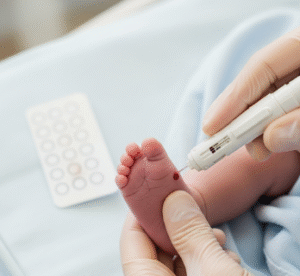Overview
A breast abscess is a localized collection of pus in the breast tissue, typically caused by a bacterial infection. This condition can lead to pain, swelling, redness, and systemic symptoms such as fever. Breast abscesses most commonly occur in lactating women, but non-lactational abscesses can also develop due to blocked ducts, trauma, or underlying medical conditions.
In Korea, breast abscesses are managed in hospitals and specialized breast clinics using antibiotics, imaging-guided drainage, and surgical interventions. Korean healthcare facilities emphasize early diagnosis and minimally invasive treatment to relieve symptoms, prevent complications, and preserve breast function.
What is a Breast Abscess?
A breast abscess is a pocket of infected fluid within the breast tissue. It results from bacterial invasion, often through cracked nipples or blocked milk ducts, triggering an inflammatory response. The immune system walls off the infection, forming pus-filled cavities.
Breast abscesses are classified into:
- Lactational abscesses: Occur during breastfeeding, most commonly caused by Staphylococcus aureus
- Non-lactational abscesses: Occur in women who are not breastfeeding, often linked to ductal infections, smoking, or chronic conditions
- Periareolar abscesses: Near the nipple and areola
- Peripheral abscesses: Located in the outer parts of the breast
Symptoms
Symptoms of a breast abscess may develop rapidly or gradually, and include:
- Localized breast pain and tenderness
- Swelling and redness over the affected area
- Warmth of the skin in the affected region
- Palpable lump or mass within the breast
- Nipple discharge, sometimes containing pus
- Fever and malaise in severe infections
- Difficulty breastfeeding in lactating women
Causes
The primary cause of breast abscess is bacterial infection, often facilitated by:
- Blocked milk ducts leading to milk stasis
- Cracked or sore nipples allowing bacteria to enter
- Bacterial invasion: Most commonly Staphylococcus aureus, including MRSA strains
- Underlying medical conditions: Diabetes, immunosuppression, or chronic illness
- Smoking increases risk of non-lactational abscesses
- Previous breast infections or untreated mastitis
Risk Factors
- Lactation: Most common in breastfeeding women
- Poor breastfeeding technique leading to nipple trauma
- History of mastitis or previous breast infections
- Diabetes or immune suppression
- Smoking or poor hygiene
- Obesity or chronic health conditions
- Delayed treatment of initial breast infections
Complications
If untreated or delayed, breast abscesses can lead to serious complications:
- Sepsis: Infection spreading to the bloodstream
- Chronic abscess formation requiring multiple interventions
- Fistula development (abnormal passage connecting the abscess to the skin)
- Permanent breast tissue damage
- Interference with breastfeeding or milk production
- Recurrent infections
Prevention
Preventive strategies focus on breast care, hygiene, and early management of infections:
- Proper breastfeeding technique to prevent nipple trauma and blocked ducts
- Regular breast emptying during lactation to avoid milk stasis
- Maintaining good nipple hygiene
- Prompt treatment of mastitis or minor infections
- Avoid smoking and maintain healthy lifestyle habits
- Regular clinical breast examinations
Treatment Options in Korea
Diagnosis
Early diagnosis ensures effective treatment and prevents complications:
- Physical examination: Detects tenderness, swelling, and warmth
- Ultrasound imaging: Identifies abscess size, location, and fluid collection
- Mammography or MRI: Occasionally used in complex cases
- Microbiological culture: Determines causative bacteria and guides antibiotic therapy
- Blood tests: Check for systemic infection
Medical Management
- Antibiotics: Oral or intravenous antibiotics targeting Staphylococcus aureus or other identified bacteria
- Pain management: Analgesics to reduce discomfort
- Supportive care: Warm compresses to improve circulation and drainage
Drainage Procedures
- Needle aspiration: Ultrasound-guided needle drainage for small to moderate abscesses
- Incision and drainage (I&D): Surgical drainage for large, multiloculated, or resistant abscesses
- Minimally invasive techniques in specialized Korean breast clinics reduce scarring and preserve tissue
Post-treatment Care
- Regular follow-up imaging to ensure complete resolution
- Continued antibiotics as prescribed
- Proper breastfeeding support for lactating women
- Hygiene measures to prevent recurrence
- Rehabilitation and counseling if abscess affects breastfeeding or psychological well-being
Prognosis
The prognosis for breast abscess is generally excellent with timely treatment:
- Early antibiotic therapy and drainage typically resolve infection within days to weeks
- Minimally invasive drainage reduces recurrence and preserves breast function
- Complications are rare when treated promptly in Korea’s specialized healthcare centers
- Lactating women can often resume breastfeeding safely after resolution
- Long-term follow-up ensures early detection of recurrence and management of underlying risk factors
Korean hospitals and breast clinics provide comprehensive, state-of-the-art care for breast abscesses, combining advanced diagnostics, targeted antibiotics, minimally invasive drainage, and follow-up care, offering patients rapid recovery, preservation of breast tissue, and prevention of recurrence.

